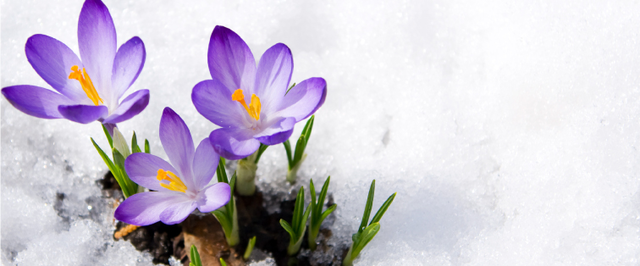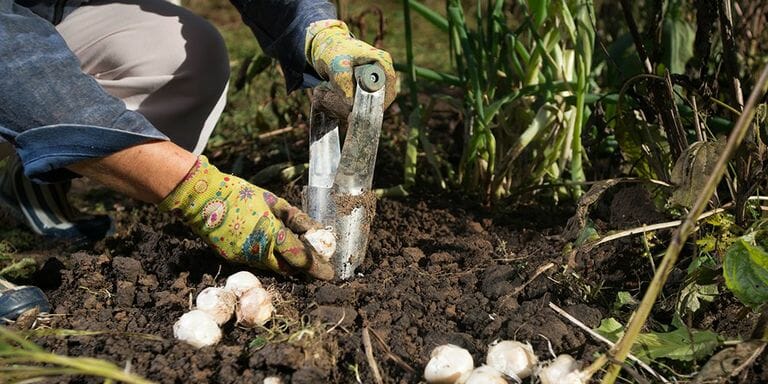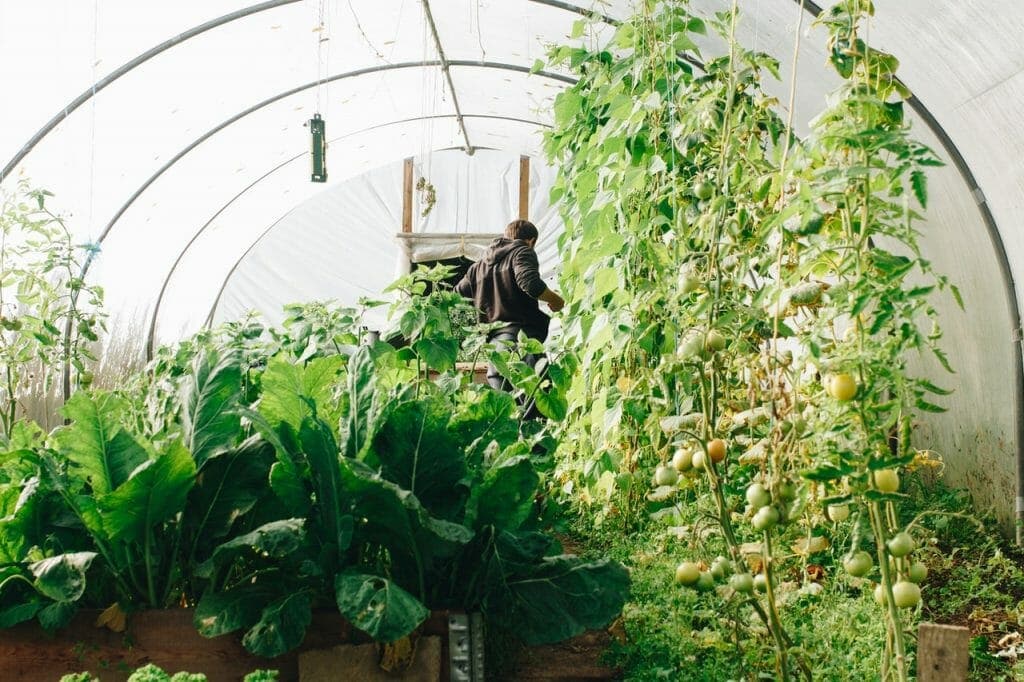Written by Jane Milliman and published on https://gilmour.com/.
During the winter months, gardens often times experience drastic weather changes and conditions that are difficult for specific plants to adapt to. As a result, damage can occur. Sometimes it is mild damage and the plant can recover. Other times, the plant is not strong enough for regrowth. Only time will tell, as oftentimes you will have to wait until winter is over in order to see who survived the season.
Winterizing your garden is an integral part of preparing your vegetables, flowers, and shrubs for the next growing season. Forget to winterize your garden, and you won’t be reaping those rewards next harvest. A sudden drop in temperatures can kill or damage your tender plants, and it’s always better to be proactive than reactive when it comes to caring for a garden.
Winter Gardening Tips to Tackle in the Off Season

As winter marches on, avid gardeners become more and more eager to get growing. While you may not be able to dig your spade into the soil just yet, there is plenty you can do now that you’ll thank yourself for later. As you wait for warmer weather to descend, try these simple winter gardening tips.
Winter Weed Control
The occasional warm winter day offers a perfect opportunity for winter weed control. Getting rid of a few weeds right now will save you (and your back!) from pulling hundreds of their offspring while preparing your garden for spring.
The ideal time for winter weed removal is early winter, before small seeds are spread by tilling, snow, pets and wind. Simply roll up your sleeves and dig up the weeds carefully using hand tools. You’ll want to get as much of the plant as possible without spreading the seeds into your garden.

You can also discourage annual weeds by keeping your ground well covered during the winter months. Maintaining a thick lawn and mulching your bare garden areas is a simple and effective trick that prevents winter annual weeds from germinating.
Winter Plant Protection
Winter is harsh on plants. Young trees, shrubs and perennials often need winter plant protection from fluctuating and extreme temperatures. You can use various wraps and plant covers for winter to lessen potential winter damage. And best of all, you can just remove the covers as soon as spring arrives!
Be sure you regularly check the bases of your small perennials and shrubs during freeze-thaw cycles. They can easily be “heaved” or pushed up out of their planting holes. If this happens, simply tuck them back into place and water just as you did when you first planted them.
Even if you’re fortunate enough to live in a climate that’s ideal for winter vegetable gardening, you may still have to figure out how to protect plants in winter. Winter gardening usually involves cold, hardy plants, such as winter greens, pansies and holly. And winter plant protection is easy – greenhouses, row covers and cold frames are ideal for less tolerant vegetables.

Many assume plants become dormant in the winter and no longer require watering. But forgetting to water during the winter gardening season could result in needing to replace plants come spring. Young trees and shrubs require consistent moisture for the first several years after planting – even during winter months.
To prevent the weakening effects of drought, continue to water trees and shrubs as usual up until the ground freezes. You can then take a break from watering until the ground thaws. Since plants lose moisture through their needles, leaves and trunks throughout the winter, look for short periods of winter thaw as an ideal time to replenish lost moisture by watering deeply.
An antitranspirant or antidesiccant spray can be an effective way to maintain moisture during the winter, especially when applied to broad-leaved evergreens and rhododendrons. The spray covers the plant with a waxy substance that slows down moisture loss. This prevents the plant from drying out during freezing weather.
Preparing Your Garden for Spring
Winter is the perfect time to tend to your tools. Winterize garden hoses by disconnecting all water hoses and draining them from both ends. Leaving nozzles or sprinklers attached could result in future leaks, so twist off all watering tools and drain. Installing quick connectors for easy disconnection and draining can reduce the frustration of constantly twisting off hoses at both ends.
Quiet winter days can be spent preparing for the busy growing season ahead. You can:
- Extend the life of your tools by taking time to sharpen, lubricate and repair as needed
- Check your lawn mower for rust or other potential problems
- Take inventory of mulches, fertilizers and other gardening materials you use throughout the growing season
- Inspect your hoses, sprinklers and nozzles for missing or damaged washers, seals and caps
- Read all those gardening magazines and seed catalogues you have piling up
- Order seeds during the winter to ensure you get the seeds you want for the upcoming growing season
Winter is the perfect time to get a jump start on next year’s garden. Use this off-season gardening time to winterize your garden and to prepare for warmer days when you can dig to your heart’s content. You’ll be ready to grow as soon as the sun peeks out and the thermometer begins to rise.
Original post here https://gilmour.com/winter-gardening-tips/.



